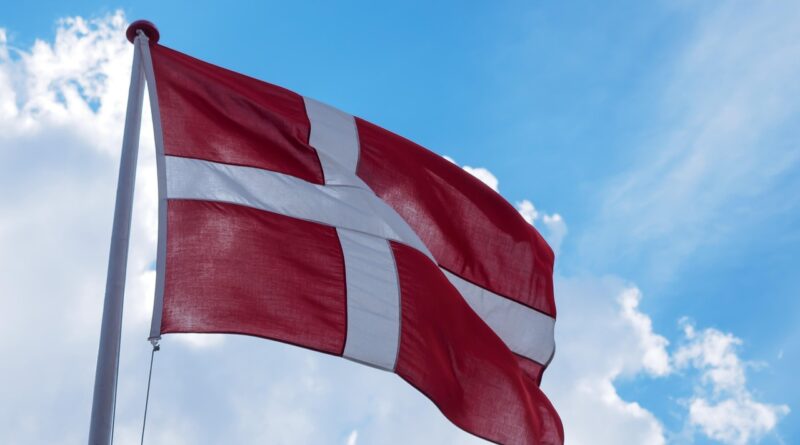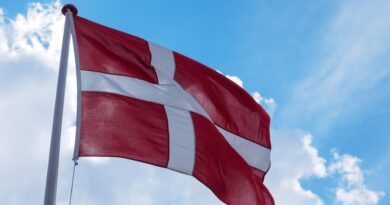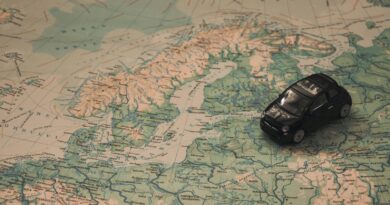Where to Stay in Denmark: Complete Travel Guide
Where to Stay in Denmark: Complete Travel Guide
Where to stay in Denmark is a question many travelers ask when planning a Scandinavian adventure. Denmark, with its blend of modern cities, quaint villages, and scenic coastlines, offers a diversity of accommodation and experiences. From vibrant Copenhagen to the peaceful countryside, there is an ideal place for every type of traveler. This guide walks you through the best regions and cities to stay in Denmark, along with recommended accommodation types and practical tips.
—
Exploring Denmark’s Cities: Where to Stay for Urban Adventures
Copenhagen – The Cosmopolitan Capital
Copenhagen, the heart of Danish culture and urban life, is an obvious starting point. The city buzzes with unique neighborhoods, each offering a different vibe. Indre By (City Center) puts you steps from attractions like Nyhavn, Tivoli Gardens, and The Little Mermaid statue. This area has a variety of hotels ranging from luxury (like Hotel d’Angleterre) to charming boutiques and hostels.
For a hip, local feel, check out Vesterbro. Known for its nightlife, indie shops, and Meatpacking District, it’s popular with younger crowds. Nørrebro and Østerbro provide even more local flair with multicultural spots, creative spaces, and parks. No matter your preference, Copenhagen offers everything from bustling hostels to eco-friendly hotels and stylish serviced apartments.
Aarhus – Denmark’s Vibrant Second City
Aarhus, on the Jutland peninsula, combines a youthful atmosphere with historical charm. If you want to dive into city life while enjoying beaches and forests nearby, Aarhus is perfect. The Latin Quarter brims with boutique hotels, cafes, and galleries, providing a trendy place to stay within walking distance to ARoS art museum and the Cathedral.
For beach lovers, neighborhoods near Marselisborg Forests or Den Permanente Beach offer hotel resorts and cozy Airbnb cottages. Aarhus is especially famous for its blend of nightlife, shopping, and access to nature.
Odense – Fairy Tale and Family Fun
Odense, birthplace of Hans Christian Andersen, is a wonderful destination for families and culture enthusiasts. The city center is dotted with colorful houses, museums, and pedestrian streets. Central hotels and guesthouses cater to all budgets. Staying near the Brandts Quarter puts you close to street art, trendy eateries, and vibrant markets—all with a fairy-tale touch.
—
Beyond the Cities: Coastal, Country, and Island Retreats
Bornholm – Island Getaways in the Baltic Sea
Bornholm, known as the “sunshine island,” is famed for its rugged cliffs, sandy beaches, and picturesque fishing villages. Accommodation here includes charming seaside hotels, rustic bed & breakfasts, and private holiday cottages. Gudhjem and Svaneke are popular towns for visitors, offering beautiful sea views and easy access to walking and cycling trails.
North Jutland – Beaches and Natural Beauty
North Jutland is Denmark’s wildest region, bordered by both the North and Baltic Seas. Skagen, at the peninsula’s tip, is a must-visit with its iconic yellow houses and artist history. Stay in boutique hotels or traditional inns close to cultural sights and the stunning Grenen sandbar, where two seas meet.
If you crave quieter countryside, the Limfjord region is dotted with holiday homes, farm stays, and campgrounds—perfect for experiencing Danish rural life and enjoying seafood fresh from the fjord.
South Funen Archipelago – Idyllic Island Hopping
The South Funen Archipelago is a paradise of small isles connected by ferries, each with unique landscapes and history. Ærø island is particularly romantic, with cobbled streets and colorful houses in Ærøskøbing. Accommodation ranges from romantic inns to folk High Schools that open for summer stays.
—
Types of Accommodation in Denmark
Hotels for Every Traveler
Danish hotels are renowned for clean design and excellent service, from luxurious international chains to quirky boutique hotels. Many embrace “hygge” with cozy interiors and sustainable practices. In larger cities, hotels often include breakfast buffets and bike rentals.
Hostels, Guesthouses, and Camping
For budget-conscious travelers or adventurers, Denmark’s network of hostels (vandrerhjem) and guesthouses is extensive. Many are located in scenic areas or historic buildings. Camping is also hugely popular, with well-maintained sites across the country—from coastal spots to forest settings. Wild camping is generally not allowed, but “shelter” sites in nature are available for hikers and cyclists.
Holiday Cottages and Airbnbs
Renting a holiday cottage (sommerhus) is a Danish tradition and an excellent way to enjoy the coast, countryside, or islands. Cottages are ideal for families or groups wanting flexibility and self-catering options. Airbnb is widely available, offering everything from urban apartments to charming farmhouses.
—
Tips for Choosing Where to Stay in Denmark
– Consider your interests: Do you prefer vibrant city life, peaceful countryside, or coastal relaxation? Denmark’s regions each offer something special.
– Book in advance: Especially in summer, school holidays, or during festivals, popular areas fill up quickly.
– Try something local: Choose a farm stay for a rural experience, a houseboat in Copenhagen, or a historic inn in a small town.
– Embrace cycling: Many accommodations offer bike rentals, making it easy to explore like a Dane.
– Look for family-friendly features: Many hotels and holiday cottages cater to children with playgrounds, family rooms, and even indoor pools.
—
Making the Most of Your Stay
Choosing where to stay in Denmark can shape your entire travel experience. Whether you explore bustling Copenhagen, unwind on an island, or immerse yourself in quaint village life, the country’s accommodation options suit every style and budget. Denmark’s compact size and efficient transport mean you’re never far from your next adventure—no matter where you lay your head each night. Enjoy discovering the true essence of Danish hospitality and charm wherever you stay!



